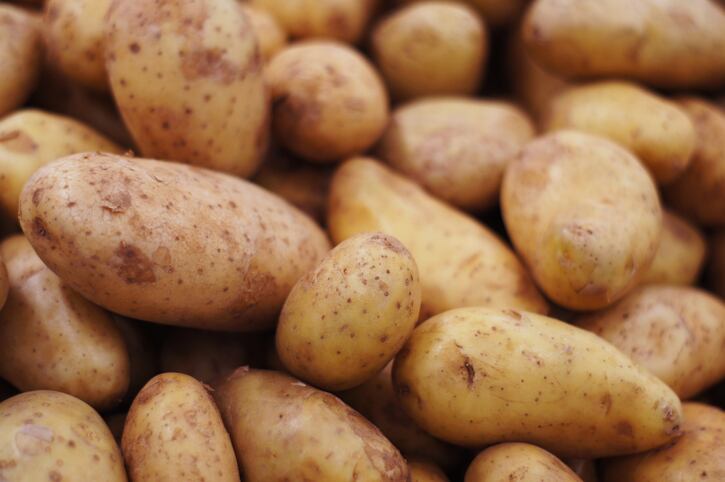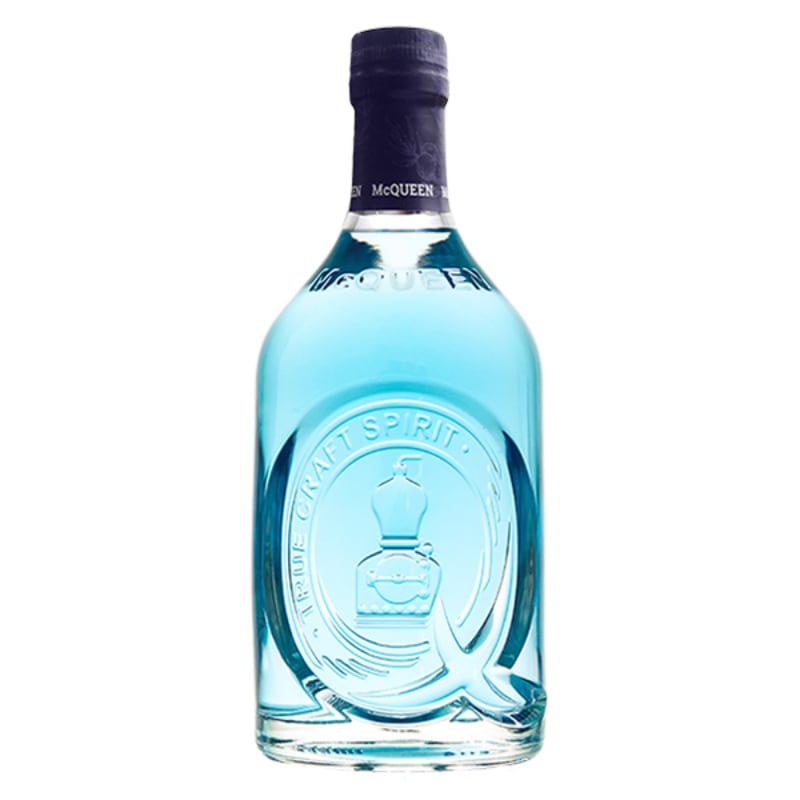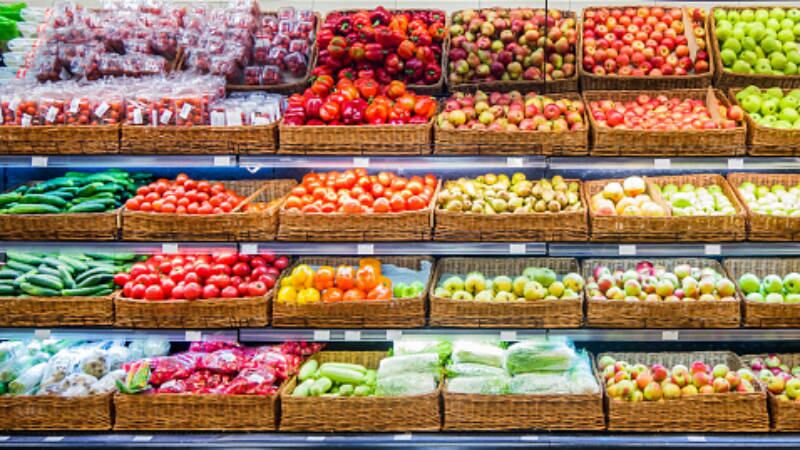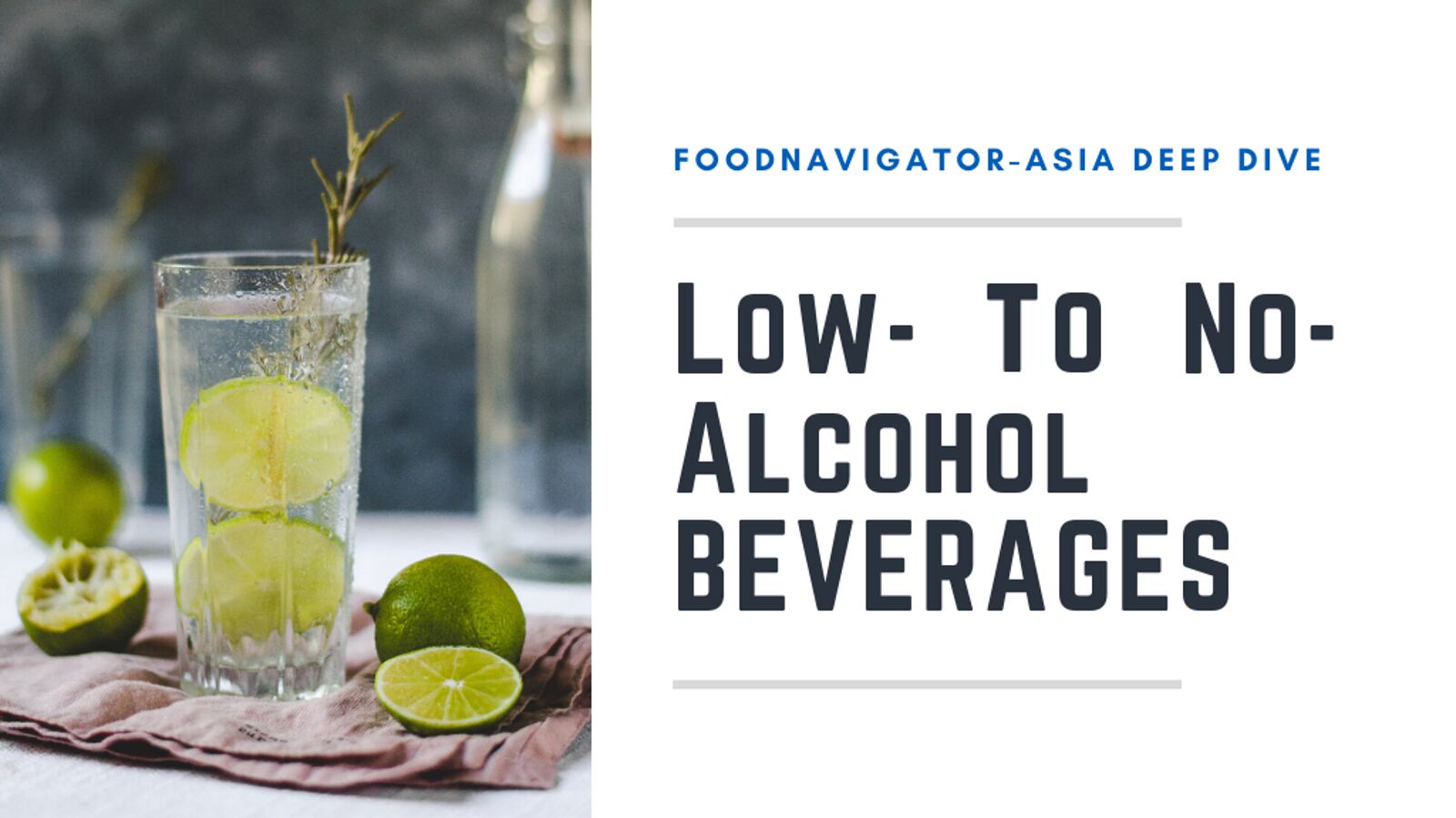Amylose and amylopectin, the main components of starch will be extracted from potato waste to engineer low-GI foods, prebiotics, as well as a range of other products such as edible films, bioplastics, and packaging.
Participants of the AUD1 million (USD594,000) project include Zerella Fresh, Thomas Foods International, SA Potato Co, Potatoes South Australia, and the University of Adelaide, the latter where the project will be conducted.
Robbie Davis, chief executive officer at Potatoes South Australia told FoodNavigator-Asia and NutraIngredients-Asia the project was planned for three years, but research might be extended depending on the findings.
“We are hoping to not only extract and characterise starch, but also possibly discover new molecules,” she said.
Unwanted potato
According to Davis, South Australia produces 80% of potatoes sold in Australia, and up to 40% do not meet the specifications required by the retailers.
“Potatoes need to look a certain shape, size, colour, and skin thickness. We estimate 100,000 tonnes of potatoes are lost every year.”
She said potatoes not suitable for retail, are either discarded or fed to livestock.
“Even if you use these unwanted potatoes as livestock feed, the primary producer who is growing those potatoes might receive nothing for them, or even pay to take them away. In addition, there are huge labour cost, water, power, fertiliser involved. This is not financially viable.”
She said the Fight Food Waste CRC’s aim is to transform anything that is wasted or lost, into higher value products.
Functional foods
Potatoes contain about 20% starch, the remaining mostly water.
The project will extract the two main components in potato starch, namely amylose and amylopectin.
Project leader, Professor Vincent Bulone at The University of Adelaide explained amylose is a resistant starch that is not degraded in the small intestine, which means there is less glucose release in the small intestine, and hence less likely to spike blood glucose levels. This makes amylose a good component in low GI-foods.
Davis told us amylose is also beneficial in preventing inflammation in the gut, pointing to its potential as a prebiotic.
Amylopectin is another resistant starch, although not as resistant to degradation compared to amylose. Bulone said in formulating low-GI foods, it was important to select resistant starch such as these.
Bulone explained the current project was focused on analysing and characterising the different forms of starch from potato waste, and trying to use them to make high value products.
Another possible application was producing vodka because potato starch can be fermented to produce alcohol.
While there are many potential applications, Bulone said resources were limited. “We will have to prioritise what to do with the waste, which product we want to develop, and which are more commercially viable.”
Starch producer
According to Davis, potato starch is worth at least AUD1000 per tonne on the global market.
She said the project would aim to develop Australia’s potato starch industry. Currently, there are no potato starch producers in the country and Australia is a net importer of starch.
She told us: “We hope it can add profits all along the supply chain, being able to produce starch for the domestic market but also for export.”
Australia agriculture future
Davis said the country has a goal to increase food production and agriculture to AUD 100 billion (USD 59 billion) industry by 2030.
“It does not mean we have to produce more food necessarily; it just means we have to use the food more effectively, use every bit that we produce. It is about being sustainable and using the resources we have in the best possible way.”




